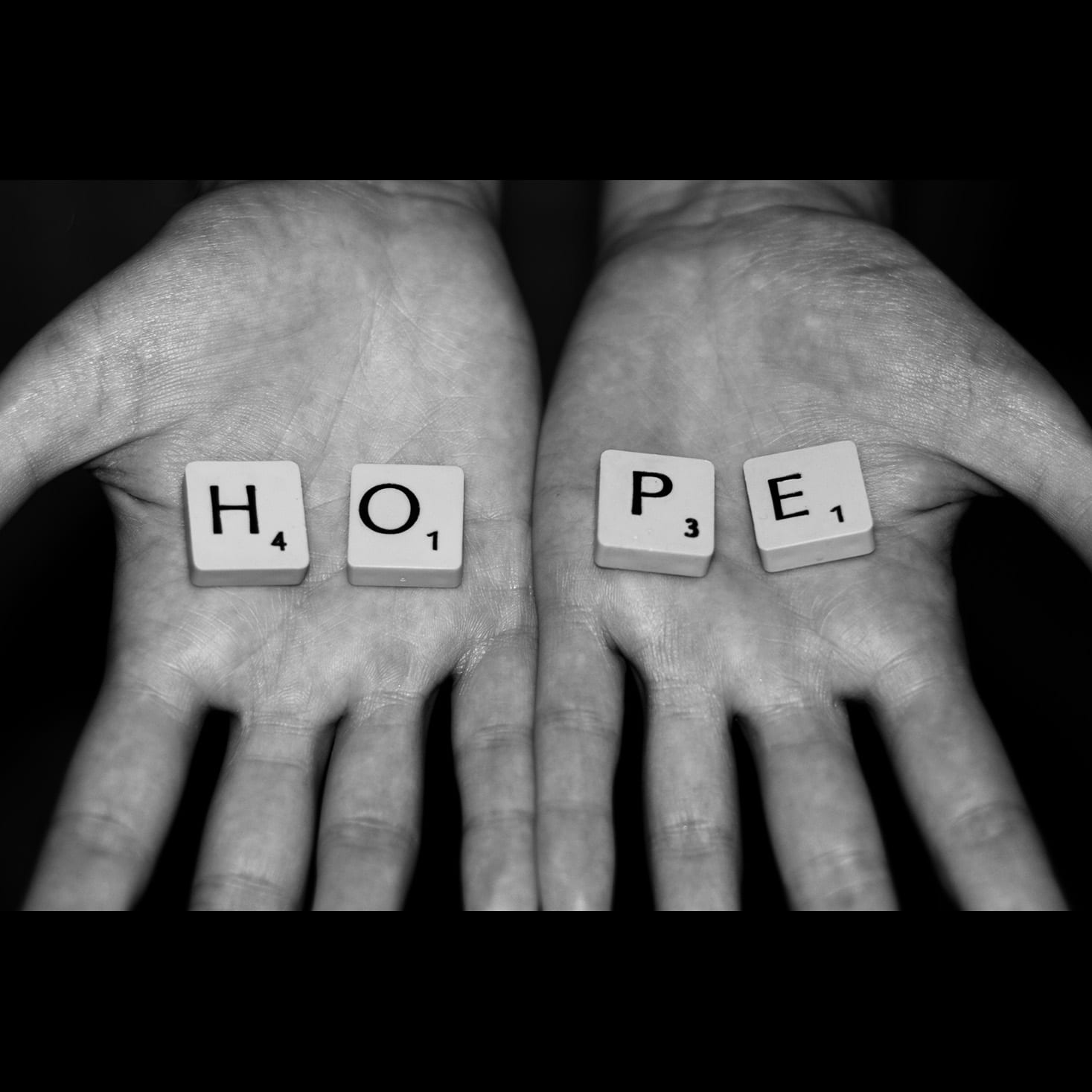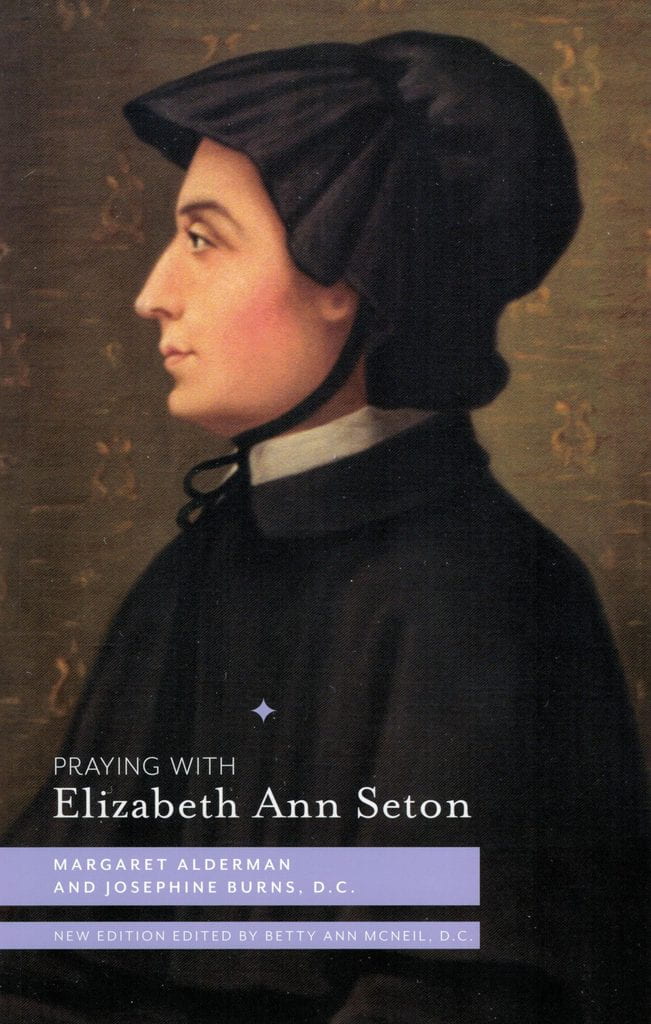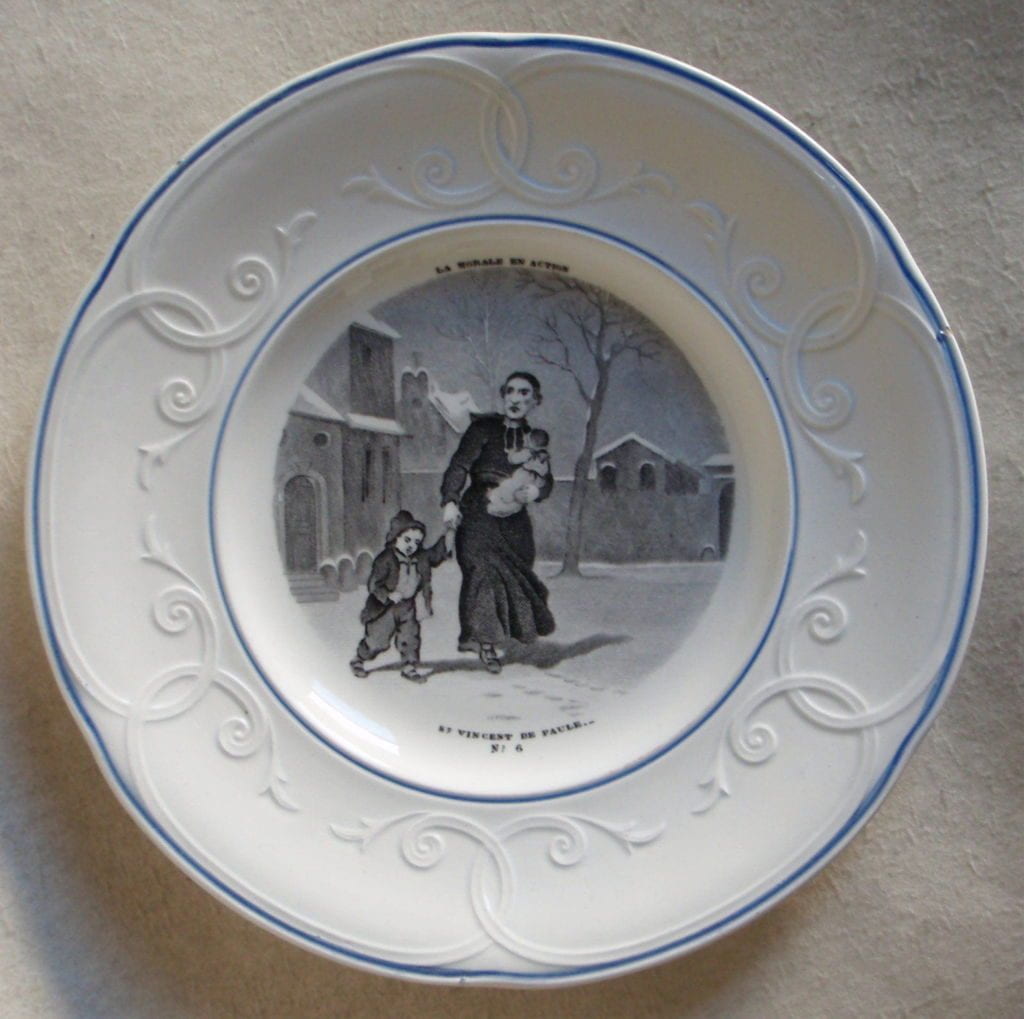
As Vincentians at DePaul we look for hope, even in the hardest of times. In this poem, Vincentian Community Service Office staff person Emily LaHood-Olsen explores the call to a justice that is rooted in hope. This work was originally shared at VIA (Vincentians in Action) Big 8 on March 2.
I am tired.
Tired of reading headlines
that make me roll my eyes
or cry at the state of our world
where Black boys and girls
have to learn how to say,
“My hands are up! Don’t shoot.
I have nothing in my pockets that can harm you.”
I am disheartened.
Disheartened that immigrants
are granted no pardon
for seeking a life
where they can raise
their children without strife.
Disheartened and disillusioned
that refugees are left stranded
in lands where bombs leave contusions
in the earth.
And the earth.
I cry for the earth,
weep for the earth,
ask for forgiveness from the earth,
for the desertification
and greed of our nation.
As we watch fertile lands and forests burn,
Do we remember that we are dust,
and to dust we will return?
Where do we turn
to make meaning of the pain
the Trans community has to explain
day after day,
seeking a way
to feel comfortable in their own skin?
How can I say, “Come in!
Welcome to the table
all you who are alternately able
or housing and food unstable
or suffering from poverty,
those for whom a warm home is a novelty.”
How do I justify the blind eye
I turned to Syrians a week after
they recorded final goodbyes,
their city crumbling,
rubble tumbling,
rockets and grenades pummeling
through the safety and walls
they once called home?
What is home?
A place?
A space?
A body?
I look in the mirror
to make it clear
that my body,
my home,
my spirit have value.
Or, shall you tell me
that it’s a woman’s role to be small?
I am nauseated
that I relive and recall
my own sexual assault
every time I hear the words locker room talk.
What do I do?
What must be done?
How long until this battle is won?
Battle- that’s violent
but we must be strident
in peace
No shallow, complacent, or nicety show
The peace that we seek is one that must grow
from the pits of our bellies
and strength of our hearts,
from a people too strong to be torn apart
by the hate in this world
or the rhetoric curled
‘round the fingers of those who gain
from oppression
Oppression, repression, depression
Did I mention
how easy it is to feel paralyzed?
But we must rise
above the overwhelming din
of dehumanization and social sin.
So where do we turn for wisdom
in the face of systems
we can’t comprehend?
Is this the time to seek revenge
or to make amends with humanity
and bring validity and dignity to the lives
of those we love
and even to those we might despise?
Because at the core of it all is
relationship.
I must admit
It seem deceitful
to look at systems
without seeing people
Before we start dismantling,
let’s try planting
seeds of right relationship and healing,
for we are dealing
with systems that are made up of people
and people who are within themselves
complex systems.
If you want to change the system,
love the people.
Become a steeple,
A church of sanctuary
contrary to the discord
of every word
that buries hope
Hope in community
Hope in hard times
Home beyond rhymes
Hope incarnate, made flesh
Hope enmeshed in Ubuntu,
I am not free to be me
until you are free to be you
We struggle together
laugh together
create music and art together
and resist together
Insist together
that another world is possible





